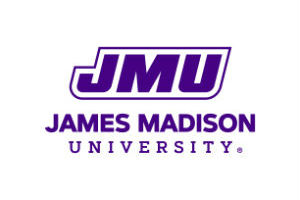
This exhibition will highlight the finest icons in the Madison Art Collection, presenting never-before-seen works of art from the 19th and 20th centuries. Purity and Power explores how the iconography of art used by the Eastern Orthodox Church helped to define sacred spaces throughout Imperial Russia.
When Prince Vladimir of Kiev (980–1015 C.E.) brought Eastern Orthodox Christianity to Russia in 988 C.E., the country was just starting to coalesce as a nation.
Details
Opening reception: Thursday, Sept. 12, 4:00 p.m.–5:00 p.m., Festival – room 1010. Light refreshments will be served.
Opening lecture: Thursday, Sept. 12, 5:00 p.m.–6:00 p.m., Festival – Allegheny Room. Presented by Dr. Sarah Brooks, associate professor of Art History.
Location
Lisanby Museum, Festival Conference and Student Center
1301 Carrier Drive Harrisonburg, VA
Monday–Friday, 10:00 a.m.–4:00 p.m.
Orthodoxy became a critical component of Russian identity, especially following the fall of Constantinople to the Ottoman Turks in 1453 C.E. when Russia became the last independent European Orthodox nation. The country’s dedication to icons and Orthodoxy remained strong through the centuries, with 70 percent of Russians identifying as Orthodox at the advent of the 20th century. This sense of religion persisted throughout the nation until the Bolshevik Revolution in 1917 when Orthodoxy and all religious displays were outlawed under the new communist regime. However, Orthodoxy was able to prevail through the iconoclasm implemented after the Bolshevik Revolution, and continues to be an important presence in Russia today.
To the followers of the Eastern Orthodox Church, images of holy people or events, called icons, are considered windows into the heavenly realm. Icons visually represent and demonstrate biblical stories, principles, and hagiographies (stories of the lives of saints). Icons typically depict direct and concrete images of Christianity, rather than abstract thoughts or ideals associated with the religion. They serve as tangible, aesthetically-appealing visuals of devotion to Orthodoxy. Russian icons were heavily incorporated into the liturgy of the Church and were actively utilized during services, with some icons even having hymns dedicated to them.
This exhibition is organized intothematic sections related to the themes and figures appearing in the icons, while multimedia will explore the technical details of icon painting.
The exhibition and associated events are free and open to the public during opening hours. Visit Lisanby Museum online at jmu.edu/madisonart/lisanby-










